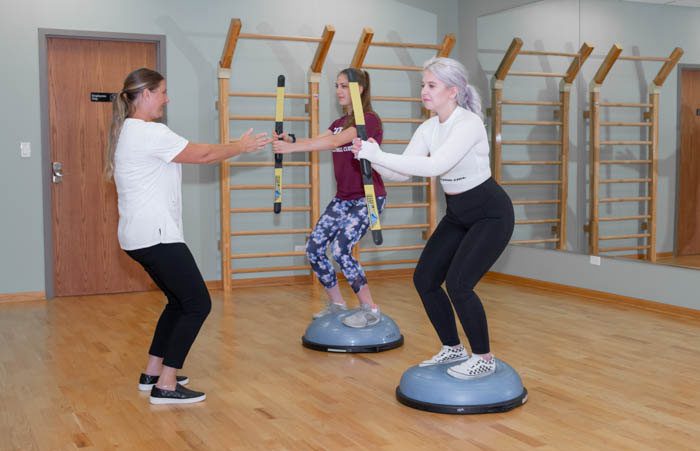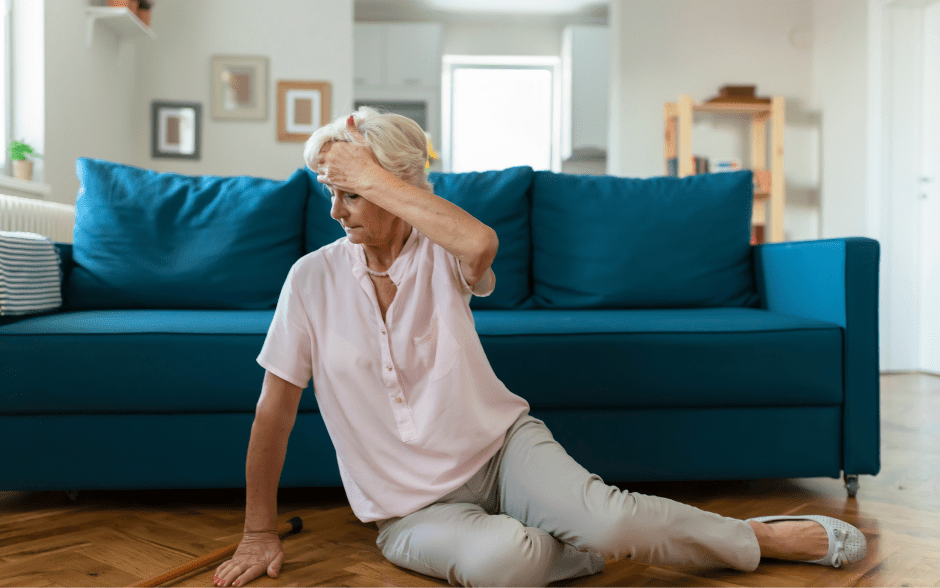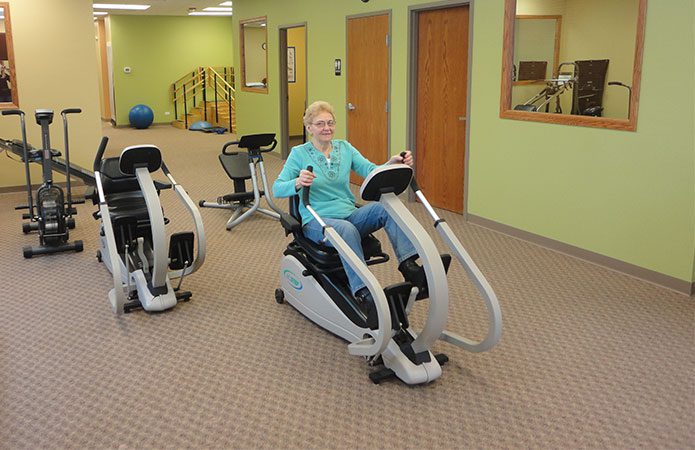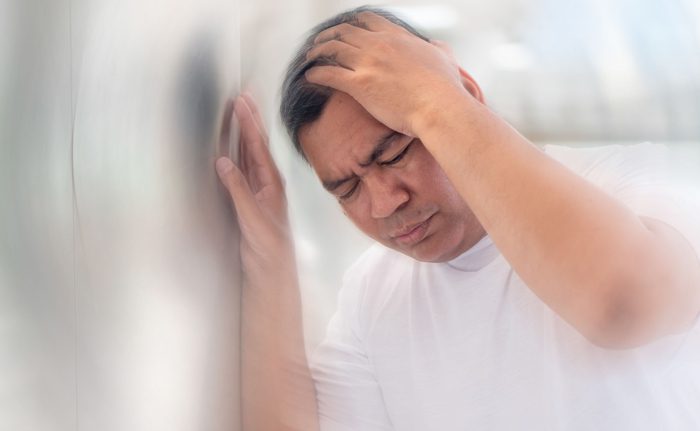Parkinson, Vertigo and Balance Problems
WHAT CAUSES A GREATER RISK OF FALLING?
While thinking about falling and balance problems, we usually have in mind an older person. While seniors are indeed most commonly treated for fall and balance problems, conditions such as dizziness, vertigo, and other vestibular issues often affect a younger audience. More and more young people are referred to physical therapy clinics for vestibular treatment and balance improvement programs because of complaints of inner ear disorders.
Still, elderly people are more prone to experience ailments such as dizziness and lack of balance than a younger generation. They also may develop long-term conditions that impact their gait and balance as well as, as time progresses, make it more difficult to exercise or even move. Therefore, they tend to stay more indoors which results in muscle weakening and joints issues. With lower exposure to sunshine, the vitamin D level slowly diminishes, increasing the risk of bones frail. Also, environmental factors such as poor lighting, clutter, loose carpets, and slick floors can jeopardize a senior’s safety in their home. Activities with a high risk associated with them, for example climbing on a chair to get an object from a high shelf, are also mentioned as one of the most common reasons for falling.
FALL PREVENTION AND BALANCE PROGRAM
Our licensed therapists are experts in treating most types of balance and vertigo disorders. We offer a comprehensive training program, designed to improve balance, practice proper gait, strengthen muscles, and enhance flexibility. Vestibular adaptation exercises may also be incorporated into this specially designed treatment plan to address a patient’s unique needs and treat all aspects of the condition.




RISK FACTORS FOR FALLS
Many medical conditions can affect balance and increase the risk of falling.
- Chronic conditions, including neuromuscular disorders, Parkinson’s disease, heart disease, arthritis
- Cognitive impairment
- Musculoskeletal disorders
- Central and peripheral vestibular dysfunction
- Vision and hearing problems
PARKINSON’S DISEASE AND FALLING
Study shows that people with Parkinson’s are at twice the risk of falling. Falls can be moderate, causing only bumps and bruises, but may also lead to serious injuries, causing expanded disability. There are a few factors that increase the risk of falling in people living with Parkinson’s:
- Stooped posture – people with stooped posture lose their balance more often and easier, especially on an uneven surface, while taking stairs, getting out of a car
- Postural instability – because Parkinson’s disease affects the area of the brain that controls movement, people living with that condition usually do not have the normal reflex to adapt their position quickly enough to save themselves from falling or simply maintain their balance when shifting weight




- Freezing of gait – one of the common symptoms of that disease is the feeling of not being able to move. It may last just a few seconds or even several minutes and significantly increase the risk of falling.
- Eyesight – in some people, Parkinson’s can cause eye problems such as blurred vision or difficulty judging spaces.
- Muscle weakness
- Medications
- • one of the side effects of Parkinson’s medication intended to slow down the symptoms is dyskinesia – uncontrolled and unpredictable movements of the face, arms, legs, and/or torso
- • some Parkinson’s medications may lower blood pressure, which results in dizziness and also increases the risk of falling
